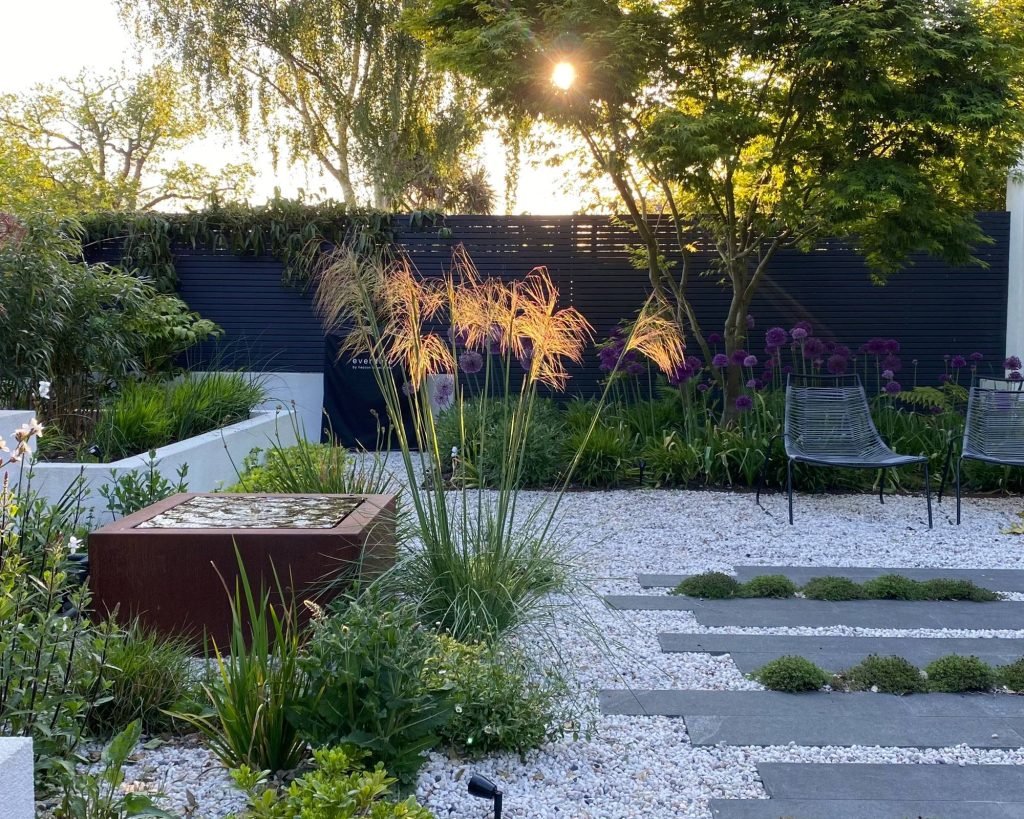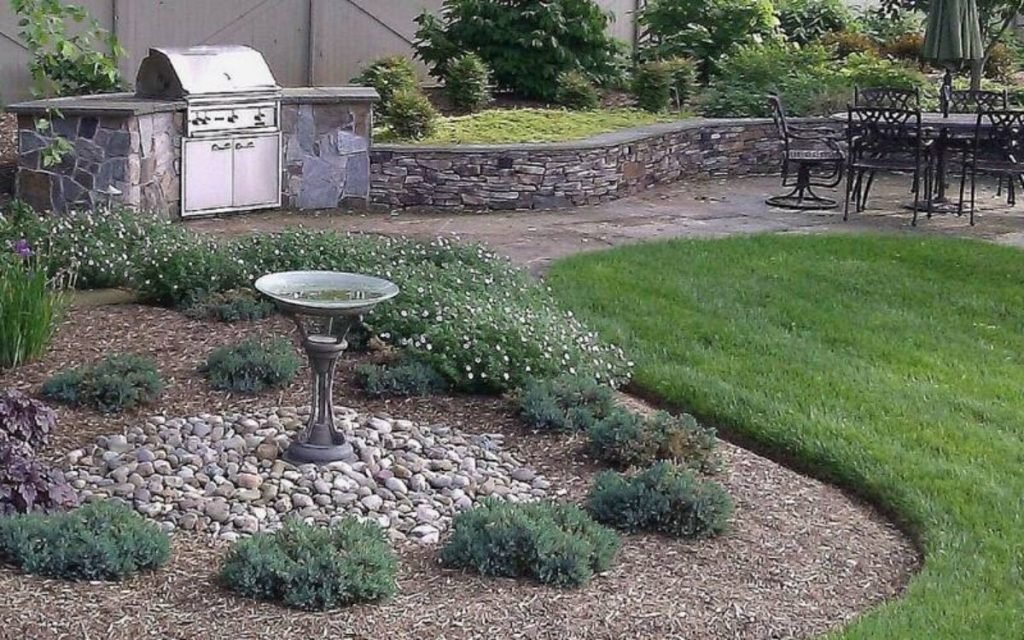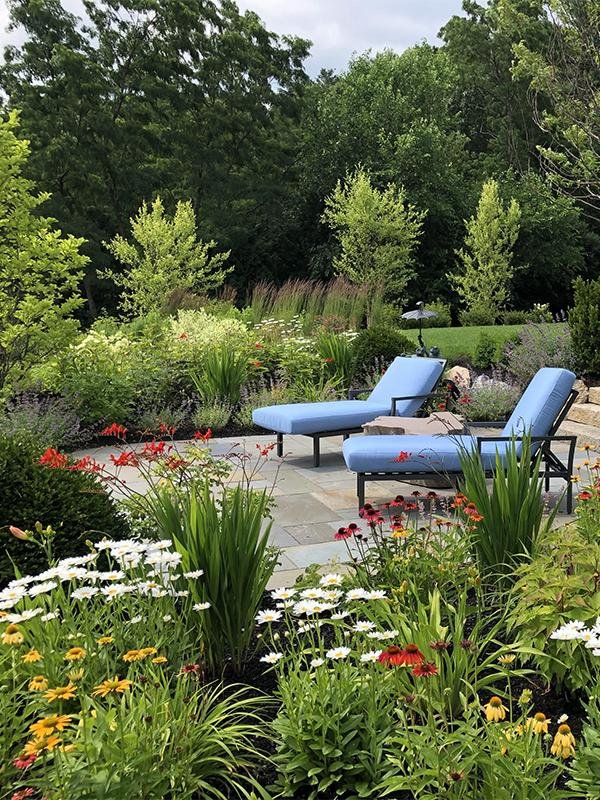Landscaping is an opportunity to add a personal touch to your home or property. However, landscaping without the proper surveying work can be costly and problematic.
As a result, it’s important to hire a professional land surveyor for your landscape project. This article will guide you through everything you need to know about landscaping and land surveying in Adelaide.

What is a Land Surveyor?
A land surveyor is a professional who uses state-of-the-art tools and good old-fashioned mathematics to measure and map out the shape of a piece of land. A land survey can be used in many different ways, from solving property line disputes to planning a new development.
Residentially, land surveys are often used to resolve disputes over where one person’s land ends and another’s begins. This is especially common when a neighbour erects a fence or plants trees that appear to be over a boundary line.
Commercially, land surveys are typically performed before a building is constructed. This will help determine the size of a parcel, so that it meets local law requirements.
Land surveyors work with high-quality field equipment such as GPS and theodolites, as well as software solutions like auto-CAD to draft plans and map measurements. Their data is crucial to ensure that developers, builders, and architects have everything they need to create the structures that will be built on a particular site.
What are the Different Types of Land Surveys?
Land surveys are a crucial part of the real estate buying process. They help buyers determine whether the property they are interested in is flood-prone, and whether it is the correct size for their needs.
Moreover, they verify the property’s boundaries and any improvements that have been made to it. This is necessary before a new homebuyer signs a purchase contract.
There are a few different types of land surveys.
A boundary survey identifies the corners and property lines of a parcel of land using both recorded deeds and physical markers.
It also identifies any easement lines that may affect access to the property.
A location survey is similar to a boundary survey, but it details site improvements on the property, such as fences or other additions. This helps to ensure that zoning laws and property boundaries have been adhered to.
What are the Benefits of Land Surveying?
Land surveying is a vital part of any construction project. Whether you’re building a new bridge or upgrading a road, a land survey can ensure that the construction is safe and meets all local regulations.
Land surveys also help civil engineers better plan out their projects. This means that they can avoid legal disputes with neighbors or other people who own property near the area of construction.
More accurate value estimation: A land survey can give civil engineers a clearer understanding of a plot’s topography and dimensions. This information can be used to more accurately estimate the property’s value, making it easier for them to create plans that meet the budget of the property owner.
Improved construction preparation: Before a civil engineer OKs any construction, they’ll need to make sure that any needed preparation has been completed. A land survey can provide them with data that shows if any soil or structural issues are present on the site.
How to Find a Good Land Surveyor in Adelaide
Choosing the right land surveyor in Adelaide is important to ensure that you get the best possible results. You need a person who is highly skilled and knowledgeable when it comes to the field of land surveying.
A land survey involves record and field research, measurements, computations, and analysis to establish boundary lines and other property features. It also delineates the location of existing buildings, rights of way, easements, and encroachments on the property.
It can help you avoid future legal disputes and costly litigation by identifying the precise boundaries of your property. However, only engage a professional with the proper tools and equipment to ensure that the work is accurate.
If you want to find a good land surveyor in Adelaide, you should do your research and make a list of the companies that you want to contact. Moreover, you should make sure that the company is licensed to carry out surveys in your state.







